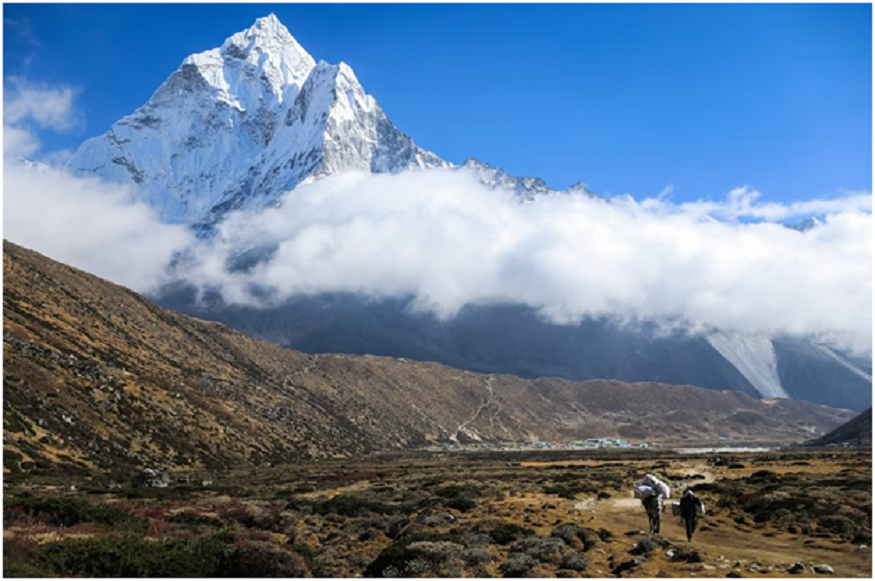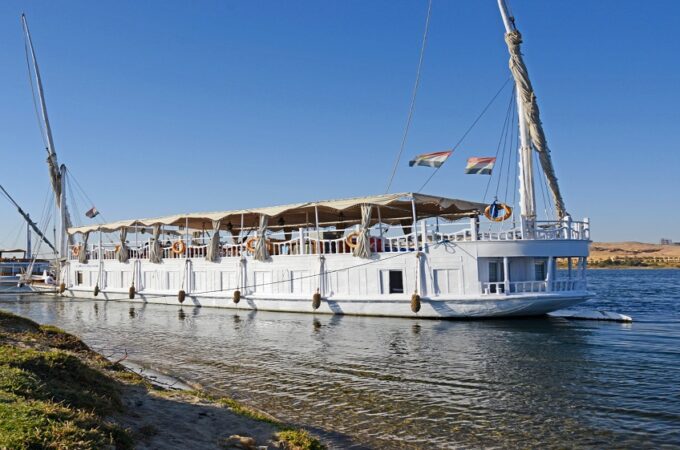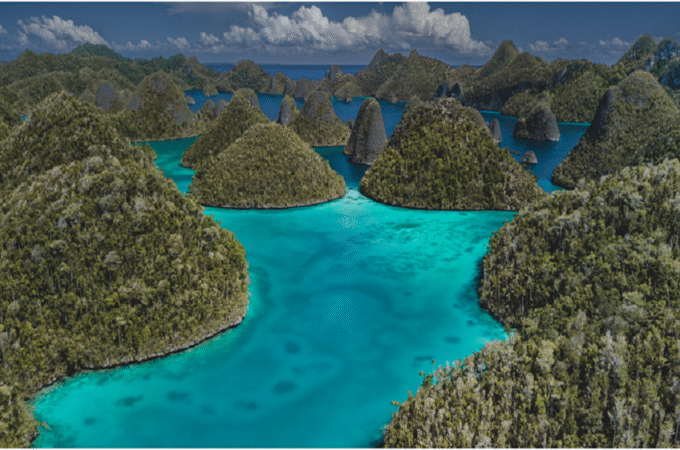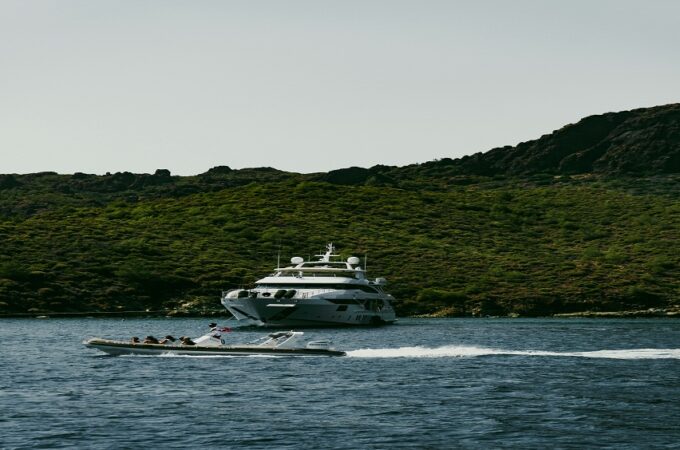
Hike the Iconic Everest Base Camp Path and Fly Back in a Bird’s-Eye View:
Hiking to Everest: An Otherworldly and Physical Experience
The Hike to Everest Base Camp is much more than a fair trek through towering peaks and rough trails—it is an otherworldly and physical trek that interfaces you with the soul of the Himalayas. Navigating the Everest region isn’t simply about coming to a goal; it’s about strolling in the strides of legends, drenching yourself in the age-old culture of the Sherpa individuals, and standing up to your internal limits against the world’s most noteworthy background. As supplication banners shudder in the wind and the peaks of Ama Dablam and Lhotse overwhelm the horizon, each step gets to be a reflection, a minute to reflect, thrust forward, and discover clarity in the lean mountain air.
From the minute you arrive in Lukla, the trek winds through lavish valleys, suspension bridges, calm Buddhist towns, and frosty moraines. You pass through Iconic parks like Namche Bazaar, Tengboche, Dingboche, and Gorakshep some time recently, at last standing at the base of Mount Everest, the most elevated mountain on Soil. There is a sense of lowliness and triumph that welcomes you at Everest Base Camp, and that memory remains with you until the end of time. The return leg of the trip, by helicopter, gives you a striking difference: an exciting, airborne finale after days of natural effort. It’s a wonderful closure—a moderate Hike to the sky taken after by a quick flight over everything you conquered.
Combine Tough Trekking with Ethereal Luxury
What makes the Everest Base Camp trek returned by Helicopter so surprising is the capacity to mix two significantly diverse encounters into one exceptional travel. On one hand, you get the fulfillment of pushing through territory, crossing tall passes, and altering to ever-thinning discussion. On the other, you wrap up with a clearing bird’s-eye see of the exceptionally mountains and valleys you fair strolled through, an liberal remunerations for your physical effort.
The EBC trek customarily takes around 12 days round-trip, counting two acclimatization days. This gives you more time to unwind, appreciate Kathmandu, or amplify your trip somewhere else in Nepal. The helicopter ride is not fairly efficient—it’s jaw-droppingly wonderful. Flying over the Khumbu Ice sheet, taking off past Everest, and seeing the endlessness of the Himalayas from the discussion is a passionate and visual crescendo to your experience. It’s the idealized way to conclude a trek of a lifetime—with extravagance, ponder, and awe.
Panoramic Himalayan Vistas from the Trail
Every single day of the trek offers cinematic sees. From rich pine timberlands to ice-laced peaks, the EBC trek unfurls like an all encompassing exhibition of the Earth’s most surprising high-altitude view. These intersections offer invigorating sees down into the glut and up toward the snow-capped mountains.
As you rise, your skyline extends. From Namche Bazaar, Everest looks out for the to begin with. By the time you reach Tengboche, you’re compensated with a 360-degree amphitheater of Himalayan mammoths. And once you’re at Lobuche and Gorakshep, you’re strolling close to the ice sheet that leads specifically to Everest Base Camp. The sea from Kala Patthar—a brief but soak Hike from Gorak Shep—is regularly cited as the best ground-level sea of Mount Everest. With dawn coloring the summit gold, it’s a minute that few disregard. And fair when you think the travel is over, the helicopter ride back uncovers it all again—from over, in quiet, awe-inspiring flight.
Tour Antiquated Religious communities and Supplication Wheels
The Hike to Everest Base Camp is an otherworldly trek as much as it is a physical enterprise. Scattered along the path are old Buddhist cloisters, chortens, main dividers, and turning supplication wheels, each of which carries the stories and endowments of eras.With snow-covered Everest scenery, it’s a perfect way to park and feel the consecration of the trek.
Walking close to mani stones carved with Tibetan supplications, turning wheels with the mantra “Om Mani Padme Murmur,” and seeing neighborhood ministers in everyday customs, you start to get it that this path is not fair approximately summits—it’s approximately respect. Each supplication you pass whispers a wish for peace, and each step gets to be a calm dedication. This submersion in Himalayan Buddhism includes an uncommon social abundance that few treks in the world can offer.
Tips for Legitimate Acclimatization
One of the most basic viewpoints of the EBC trek is appropriate acclimatization. At tall elevations, the disc contains less oxygen, which can lead to Intense Mountain Affliction (AMS) if your body doesn’t alter gradually. The best way to anticipate AMS is by taking after the “Hike tall, rest low” run the show, rising slowly, and counting rest days in places like Namche and Dingboche.
These rest days are not lazy—guides will lead you on acclimatization Hikes to higher heights some time recently returning to rest lower. Hydration, moderate pace, and appropriate nourishment to offer assistance. Most critically, tune in to your body. Discombobulation, queasiness, or cerebral pains ought to be taken genuinely. Going with a nearby master or watchman guarantees you have the information, back, and guidance to acclimatize safely.
Endurance and Quality on the EBC Trek
Physically, the Hike to Everest Base Camp is requesting but achievable for most individuals with great wellness levels. You don’t require to be a mountain Hiker, but cardiovascular stamina, leg quality, and mental continuance are imperative. Anticipate a trek between 5 to 7 hours day by day on changed terrain—stone steps, dusty trails, frosty ways, and intermittent soak Hikes.
Training for the trek ought to start at least two to three months in progress. Incorporate Hikes with rise pick up, stair Hiking, long strolls with a stacked rucksack, and high-impact exercises like running or swimming. Mental planning is similarly critical. Knowing how to thrust through distress, remain persuaded, and stay adaptable in an unusual climate will serve you well.
Accommodation and Food
Lodging on the EBC trek comes in the shape of teahouses—basic mountain lodges, advertising beds, hot dinners, and warm neighborliness. Whereas not lavish, they are charming and give an interesting knowledge into neighborhood life. The higher you go, the more provincial the lodging ends up, but the warmth of Sherpa neighborliness never fades.
Meals are generous and planned to fuel long days of trekking. Commonplace dishes incorporate dal bhat (lentils and rice), vegetable soups, fricasseed noodles, momos, and hotcakes. As you pick up height, menus recoil and costs rise due to the fetch of transporting supplies by yaks or watchmen. Anticipate basic, filling, and warm nourishment that keeps you energized.
Must-Have Things for EBC Trek
Packing keen is vital. Your adaptation ought to cover a wide extent of temperatures and landscape. Basics incorporate a four-season resting sack, down coat, moisture-wicking base layers, trekking posts, and a durable rucksack. Other basic things: a water filtration framework, to begin with, help unit, high-SPF sunscreen, lip demulcent, gloves, shades, and height medication like Diamox.
Don’t disregard a dependable control bank—electricity costs additional and is frequently constrained. Moreover carry snacks, hydration tablets, and a headlamp. Contracting a watchman permits you to carry a little daypack whereas they handle the overwhelming stack, making the trek more enjoyable.
Choosing the Right Hiking Boots
Footwear is maybe the most critical thing on your equipment list. Your Hiking boots ought to be well-broken-in, waterproof, and offer a solid lower leg back. Given the rough landscape, snow patches, and conceivable dangerous regions, great grasp is fundamental. Do not make the botch of utilizing unused boots on the trek—it leads to rankles, torment, and lament. Test your boots on comparable landscape some time recently your travel, and continuously pack high-quality socks to match.
Safety Measures Amid the Helicopter Ride
The helicopter return is a highlight, but it requires security mindfulness. Continuously book through a trustworthy administrator with legitimate certifications and experienced pilots. Climate is the greatest figure in security, so anticipate adaptability in your plan. Never weight pilots to fly in moo visibility—they prioritize safety.
Wear warm clothing amid the flight, as temperatures drop quickly at height. Tune in to the pilot’s information, particularly amid take-off and landing, and dodge sudden developments inside the flying machine. Keep your camera prepared, but continuously stay situated and harnessed.
Customizing Your Everest Adventure
The excellence of the Everest Base Camp trek is that it can be custom-made. Brief on time? Consider the 10-day trek with helicopter return. Need a challenge? Include a Hike to Island peak or combine with Gokyo Lakes and Cho La Pass. Lean toward extravagance? Select for premium lodges and gourmet dinners. Traveling with family? Customize the pace and incorporate extra acclimatization days.
Working with a neighborhood office permits for adaptability, reasonableness, and true social inundation. You’ll not have master guides who know each stone on the path, but you’ll moreover be contributing straightforwardly to nearby communities.
1.How long does the Everest Base Camp trek with helicopter return take?
The trek to Everest Base Camp ordinarily takes 8 to 10 days, depending on your pace and agenda. With a helicopter return from Gorak Shep or Kala Patthar, you can total the whole involvement in 9 to 11 days. This incorporates acclimatization days in Namche and Dingboche. The helicopter flight itself takes around 30–45 minutes, depending on climate and whether you’re flying back to Lukla or all the way to Kathmandu. The choice altogether decreases, adds up to time on foot and disposes of the requirement for a three-day descent.
2. Is the Everest Base Camp trek return by helicopter reasonable for first-time trekkers?
Yes, it’s exceptionally appropriate for first-timers with a sensible level of wellness. Trekking to EBC is challenging, but the nonattendance of specialized Hiking implies you don’t require mountaineering involvement. The helicopter return makes it indeed more beginner-friendly by lessening strain and descent-related wounds. The key is to plan physically, take after a guided agenda, and take height genuinely. A guided tour guarantees you have offered assistance with acclimatization, coordinations, loan security all through the trek.
3. How much does it cost to Hike to Everest Base Camp and return by helicopter?
The toll depends on administrations and customization, but on normal, the Hike to Everest Base Camp with Helicopter Return ranges from $1,800 to $2,800 USD per individual. This incorporates round-trip residential flights, licenses, guide and watchman administrations, settlement, dinners, and the helicopter flight back. Extravagance packages with way better lodgings, private rooms, and high-end dinners will be on the higher conclusion. It’s prudent to go with a nearby master to get the best esteem, guarantee security, and bolster the neighborhood economy.
Conclusion
The Everest Base Camp trek with helicopter return is the extreme experience that combines crude investigation with refined encounter. You walk, sweat, and hike through old lands, living in the cadence of the mountains. And fair when the travel peaks, you rise over it all—literally—on a helicopter that takes you off past the peaks you once looked up at.
This isn’t fair a trek—it’s a story, a memory, a dream satisfied. With the EBC trek, the Hike to Everest Base Camp, and the Everest Base Camp trek returned by helicopter, you encounter the Himalayas in each sense: through your feet, your heart, and at long last, your eyes from the sky.
Booking Process by Adventure Great Himalaya Treks:
To book any of these treks tours through Adventure Great Himalaya A Best Trekking Company In Nepal ,To discuss your preferred dates, group size, and specific needs. They will provide a detailed itinerary covering these trek’s duration, highlights, cost, and inclusions such as a guide, porter, meals, accommodation, and transportation.
Prior to the trek, you will receive a comprehensive pre-trek briefing with essential information on packing, fitness preparation, and altitude acclimatization. The agency will finalize all logistical arrangements, including transportation, accommodation, and permits, to ensure everything is in place for your trek. Upon arrival in Nepal, the team will ensure that all aspects of the trek are organized, providing you with a smooth and unforgettable experience on these treks.





